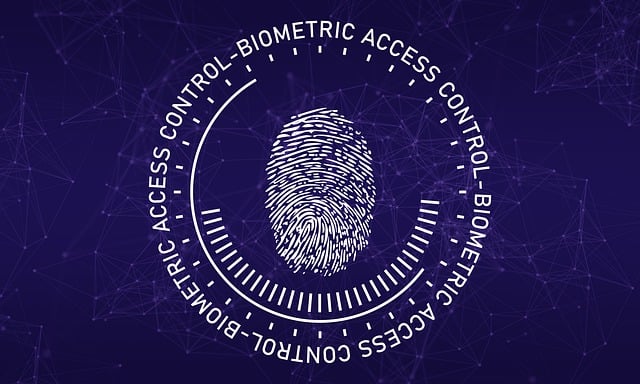The Benefits and Challenges of Using Biometric Authentication in Cybersecurity
Biometric authentication, a technology that verifies a person’s identity by using unique biological characteristics such as fingerprints, face recognition, or iris scans, is rapidly becoming a popular alternative to traditional passwords.
The increasing use of biometrics in cybersecurity has brought with it several benefits, as well as challenges that organizations need to be aware of.
Benefits of Biometric Authentication
-
Increased Security
One of the biggest advantages of biometric authentication is that it offers higher security than traditional passwords.
Passwords can be lost, forgotten, or easily hacked, but biometric characteristics are unique to each individual and cannot be lost or forgotten.
Additionally, biometric data is encrypted and stored securely, making it difficult for hackers to steal or tamper with it.
-
Convenience
Biometric authentication also offers a more convenient user experience.
Unlike passwords, which can be complicated and difficult to remember, biometric authentication is quick and easy.
Users simply need to present their biometric data to the system and it will verify their identity in real-time.
-
Reduced Fraud
Biometric authentication helps to reduce fraud by ensuring that only authorized individuals have access to sensitive information.
Unlike passwords, biometrics cannot be easily shared or stolen, so the risk of unauthorized access is greatly reduced.
Challenges of Biometric Authentication
-
Privacy Concerns
One of the biggest challenges of biometric authentication is the privacy concerns that it raises.
Many people are uncomfortable with the idea of their biometric data being stored and used by organizations.
Furthermore, there are concerns that biometric data could be hacked or used for malicious purposes.
-
Technical Limitations
Another challenge of biometric authentication is that it requires sophisticated technology, which can be expensive and difficult to implement.
Additionally, biometric authentication systems may not be able to accurately identify individuals in certain situations, such as when a person is wearing gloves or has a facial injury.
-
Legal Implications
The use of biometric authentication also raises legal questions and implications.
For example, who owns the biometric data and who is responsible for protecting it?
There are also concerns about the use of biometric data for surveillance or tracking purposes.
Conclusion
Biometric authentication is a promising technology that offers several benefits, including increased security, convenience, and reduced fraud.
However, it also brings with it several challenges, including privacy concerns, technical limitations, and legal implications.
Organizations that are considering using biometric authentication in their cybersecurity strategies need to carefully weigh the benefits and challenges and develop a plan for addressing any potential risks.
